News 10/29/13
Athenahealth will implement Safety Event Manager, a safety reporting solution from Quantros, allowing athenaClinical users to submit patient safety data as part of their EHR workflow to the federally sanctioned Quantros Patient Safety Center
The Government Accountability Office reports that general practice physicians were 1.5 times more likely than specialty practice physicians to have been awarded a MU incentive payment in 2012. A total of 183,712 EPs were awarded payments in 2012, representing 31 percent of all EPs and an increase from the 53,331 (10 percent) of EPs awarded incentives in 2011; 75 percent of EPs awarded incentive payments in 2012 were new to the program.
Greenway Medical Technologies is named a finalist for the 2013 Intel Innovation Award in recognition of its PrimeMOBILE app for Windows 8.
A pediatric mental health study using athenahealth claims data reveals a 29 percent increase in the rate of mental health diagnoses between 2009 and 2013. ADHD accounted for more than half of all pediatric mental health diagnoses.
In 2011, office-based physicians using an EHR were more likely than non-EHR users to exchange lab results, send prescriptions electronically, and provide patients with clinical summaries, according to a study conducted by the CDC’s National Center for Health. Specific data exchange functions included:
- Viewing lab results online: 87 percent with EHRs vs. 67 percent of all physicians
- Sending prescriptions electronically: 78 percent vs. 55 percent
- Incorporating lab results into an EHR: 73 percent vs. 42 percent
- Providing patients with clinical summaries: 61 percent vs. 38 percent
- Sending lab orders electronically: 54 percent vs. 35 percent
- Exchanging clinical summaries with other providers: 49 percent vs. 31 percent.
Not surprisingly, data exchange capabilities varied significantly depending on the EHR: the ability of providers to exchange clinical summaries, for example, ranged from one-fourth of all physicians to three-fourths, depending on the EHR.
In an interview, eClinicalWorks CEO Girish Navani shares various observations and predictions for the industry. Some notable comments:
We are headed for consolidation, without a doubt. It’s not just going to be the smaller or the insignificant. I think you will find companies that have not built customer bases or are strongly relying on investors to fund their next generation of products having to either consolidate or merge. It happens in every industry, and it’s going to happen in our industry. I wouldn’t be surprised if you see some reasonably large businesses next year get acquired or merge with each other.
The right to earn a physician’s business is going to get harder, because you will be in what I would call a replacement market. You need to have a better product and a better service, and you need to be able to keep your customer base. I think size will matter, at some point, just like it did in the cell phone business. Verizon and AT&T built more connections, so they got more subscribers. I think you’ll see some of that, as well. I wouldn’t be surprised if a larger business that can’t invest in research and development, and can’t show the same top line growth will get pressured by stock prices or investors to merge with something else
I think in 2013 we are still amidst the transition where we now understand that our reimbursements will be tied to outcomes. I don’t think we have yet changed the consumers’ behavior around looking at those indicators in terms of how and where they derive their quality or care. But if you ask me, the question over the next 5 years, we’re definitely moving to consumer-centered care. The patients will make decisions based on price, quality, and also convenience in terms of how and where they get their care. Again, it will go faster than you and I expect. My gut tells me if we look back within 12, if not 18 months, we will be pleased that healthcare has moved past digitization of technology to using it as a vehicle for better decision making.
Email inga.

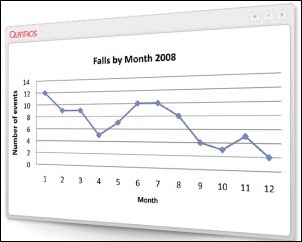
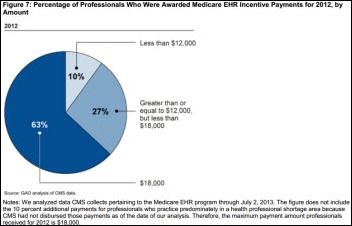
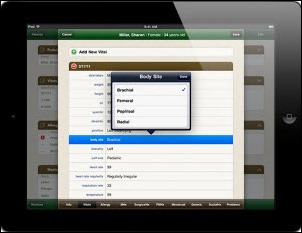


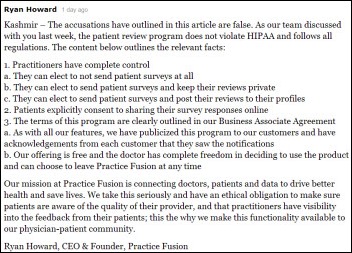
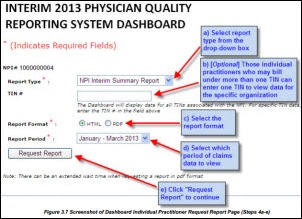

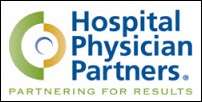
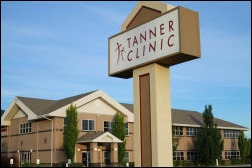



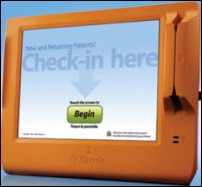

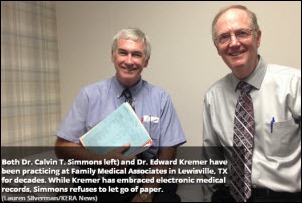





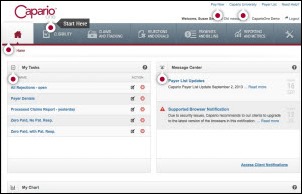
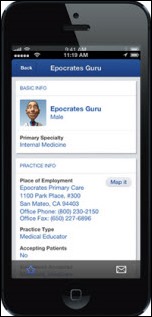
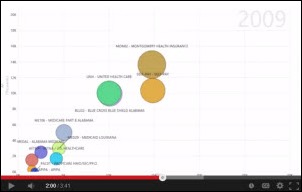


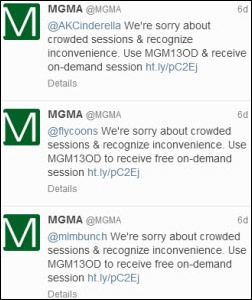

The article about Pediatric Associates in CA has a nugget with a potentially outsized impact: the implication that VFC vaccines…